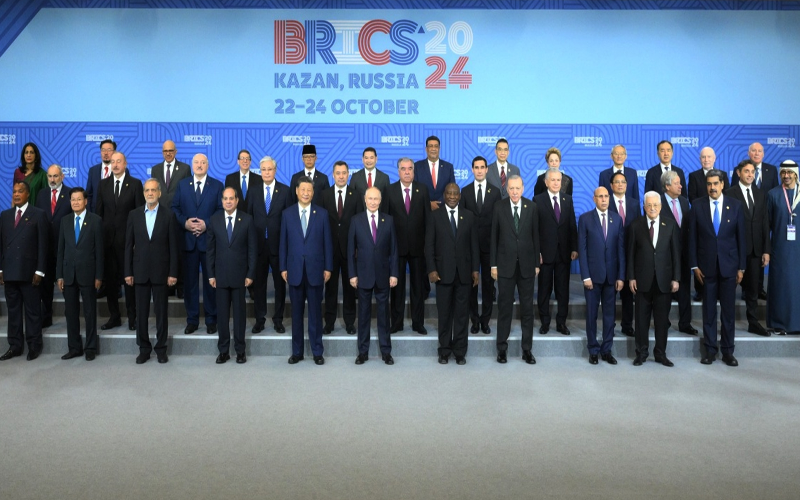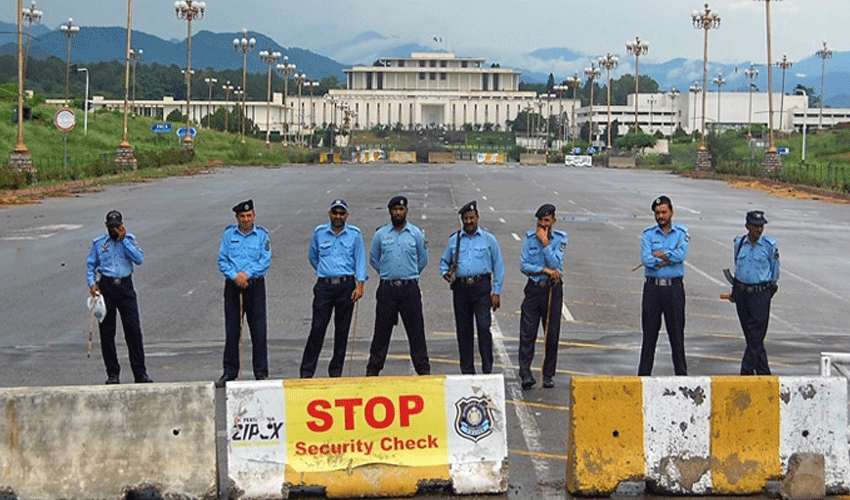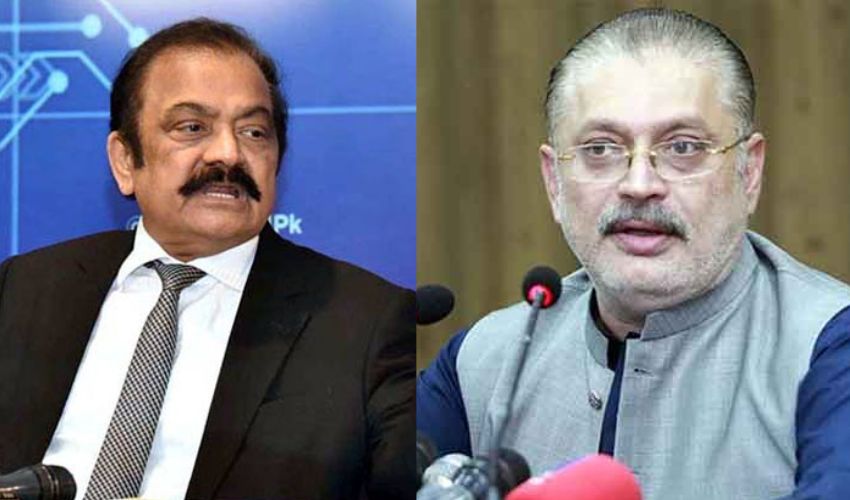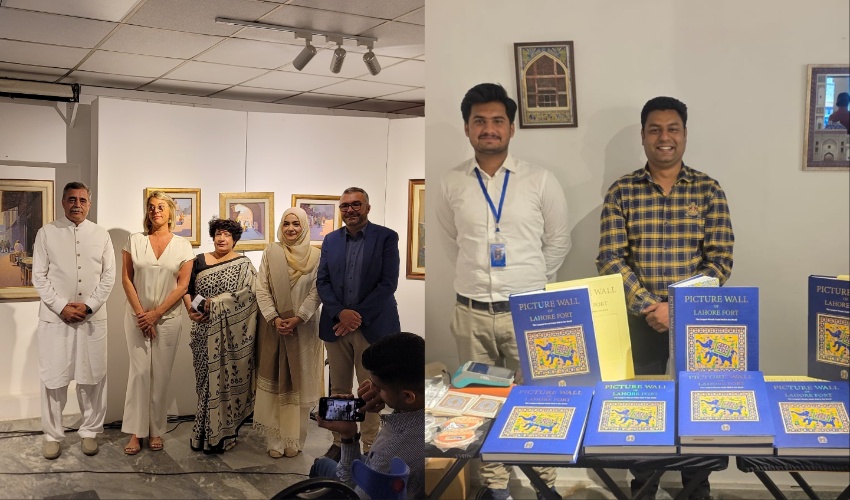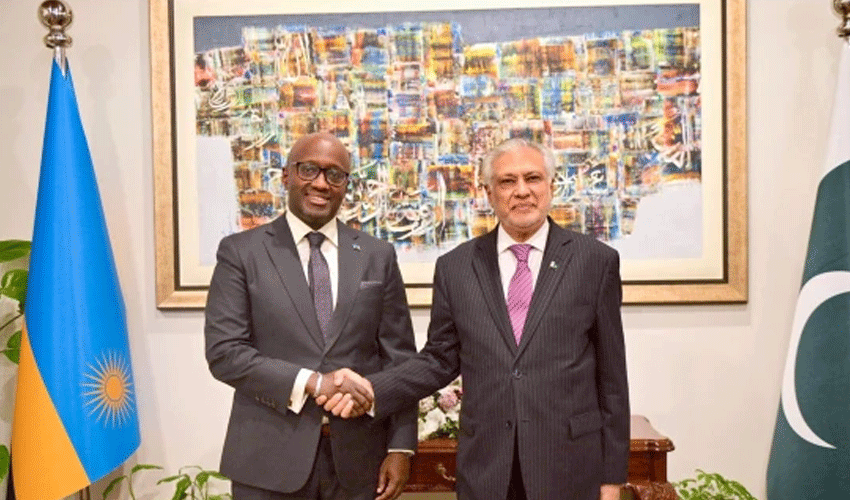The eyes of the world are fixed on the BRICS summit that took place in Kazan from October 22 to 24.
After showcasing a significant doubling in its membership and expanding its economic and political clout, the group now represents nearly half of the world’s population and over a quarter of global GDP.
Following the expansion in 2023, this summit marks a critical moment for BRICS, with discussions focused on reducing reliance on the US dollar and the SWIFT payment system.
In the backdrop of these developments, tensions persist between key member nations. Relations between India and China remain strained, while regional rivalries flare up between Iran and Saudi Arabia.
Furthermore, new members Egypt and Ethiopia are experiencing ongoing disputes. Among the 36 member states, deep divisions pose challenges as BRICS strives to fulfil its objectives.
A pressing question looms that how effectively can BRICS manage these internal conflicts to achieve de-dollarisation?
This year’s summit agenda prominently has featured the introduction of an alternative to the SWIFT international payment system.
Although the emerging economies within BRICS may be far from challenging the dominance of the International Monetary Fund or fully achieving de-dollarisation, clear signs of their growing political, economic, and diplomatic influence are evident.
The summit has already marked several diplomatic achievements. Turkey, a NATO member, has expressed interest in joining BRICS, while Pakistan's Finance Minister Muhammad Aurangzeb has indicated a strong desire for his country to become a member.
Russian President Putin announced that over 30 countries have applied for membership, with 13 officially declaring partnerships.
Meanwhile, the summit has served as a platform for India and China to seek rapprochement, with both countries having agreed to a military disengagement at their disputed border.





